The characteristics of Antigua coffee in Guatemala, the flavor and characteristics of Guatemala.
Guatemala is a big coffee producer in Central America, ranking eighth in the world in terms of output. Guatemala, whose name comes from the Mayan language, means "country of the forest", thelandofmanytrees. Located in Central America, it is known as "the pearl in the crown of China and the United States". Although Guatemala has a limited land area, it has a rich and diverse climate. A country famous for its lakes and volcanoes, with volcanic soil, precipitation, temperature, humidity and altitude, Guatemala has a natural environment suitable for coffee growth.
Guatemala is famous for producing fruity coffee beans and was rated as the largest coffee producer in Central America for most of the 20th and 21st centuries. Among them, Antigua is a famous producing area of coffee. Rich volcanic soil, low humidity and strong sunlight are the characteristics of Antigua. Three active volcanoes, ── Agua, Jacques and Fuego, form a beautiful valley. Every 30 years or so, the area near Antigua is hit by a volcanic eruption, which provides more nitrogen to the already fertile land, and plenty of rainfall and sunlight make the place more suitable for growing coffee. Antigua coffee is produced in Camana Manor, where the best quality coffee is Alpka, which is not only of good quality, but also quite complete when compared with other Latin American coffees. Guatemala Antigua coffee is also called "cigarette coffee" because of its rich and rich taste and unique charcoal-burning flavor.
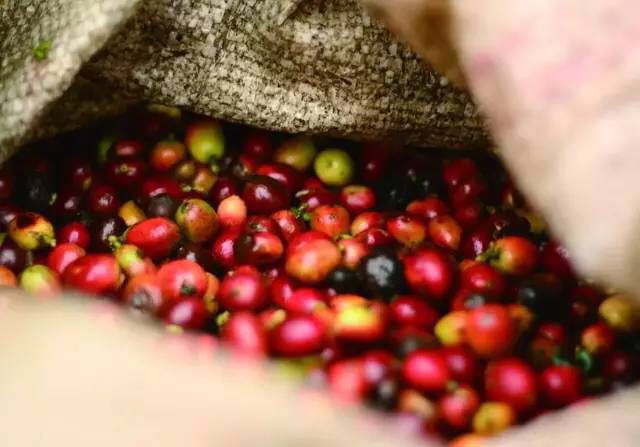
It is a famous producer of high-quality Arabica coffee in Central America. Coffee from five volcanic and three non-volcanic producing areas is very unique and enjoys a high reputation in the international market.
The following editor will introduce you to some representative beans for a coffee trip to Guatemala.
First of all, I need to tell you about the Akernango producing area, which refers to the Acatenango Cooperative, which is located in the valley of the Akanango volcano in the Akanango region of the Chimaltenango province of Guatemala, which also gets its name because of its proximity to the volcano.
Akernango volcano is the third largest volcano in Central America, with fertile geology, which provides natural conditions for coffee growing. although the Akanango region is the eighth largest producing area in Guatemala, it has a history of growing coffee for more than 100 years. Four generations have been growing coffee here. The Akernango Cooperative is also one of the earliest cooperatives in the region.
Geographically, the warm sea breeze from the Pacific keeps the region away from the threat of Frosts Descent, and the rainfall is rich and stable. In addition, the dense forests in the valley can not only maintain appropriate humidity, but also shield coffee trees from the strong sun. Planting at an altitude of 1200 meters, with a large day-night temperature difference unique to high-altitude areas, coupled with fertile volcanic ash soil, these factors create a natural excellent geographical environment.
The coffee beans purchased by the Akernango Cooperative are mainly coffee grown by the members themselves, and it is understood that each member produces an average of 30 packets of raw coffee beans (69 kg / packet) in a single production season. At present, the cooperative has a total of 293 people (221men and 72 women), supplying about 9000 packages a year and contracting more than 30 containers.
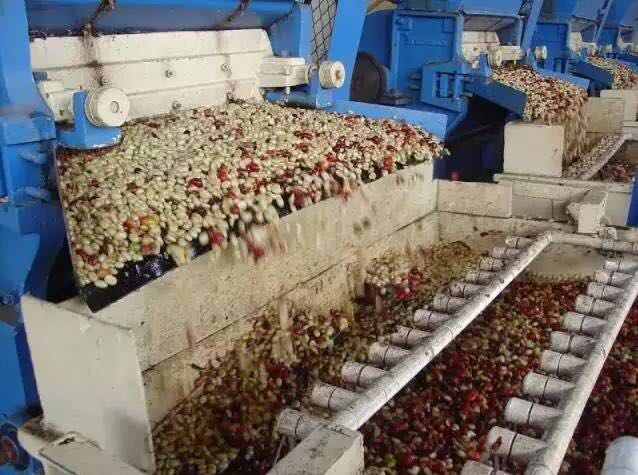
Raminita flower god
Country of origin: Guatemala
Producing area: Antigua
Varieties: Kaddura, Kadoui, Bourbon
Altitude: 1200-1600 Meters
Treatment: washing
Flavor description: elegant floral aroma, soft acid, chocolate, clean and bright taste
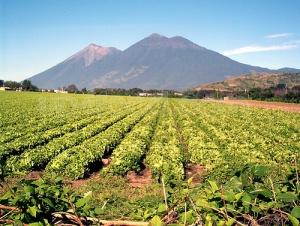
Guatemalan rhododendron
Country of origin: Guatemala
Production area: section class
Variety: Caturra, Catuai
Altitude: 1200-1400 Meters
Treatment: semi-fermentation + rest in water
Flavor description: sweet and sour flavor of tropical fruit, sweet caramel.
Santa Ana, Guatemala
Country of origin: Guatemala
Producing area: Santa Rosa
Variety: Bourbon, Yellow Caturra, Red Caturra
Altitude: 1585-1645 Meters
Treatment: washing
Flavor description: rich, good body, plum, red wine flavor and long finish.
Victory Manor in Guatemala
Country of origin: Guatemala
Producing area: Santa Rosa Baverena
Variety: Pache, Caturra
Altitude: 1500-1700 Meters
Treatment: washing + three special soaking
Flavor description: chocolate and caramel, long tail, typical Guatemalan coffee.
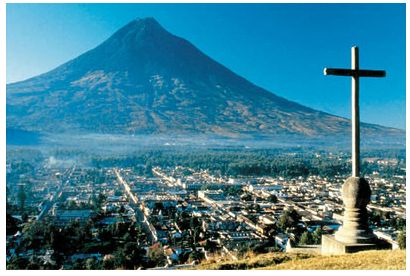
Origin: La Libertad, Huehuetenango, Guatemala
Bean seed: Caturra
Processing plant: Finca El Limonar
Altitude: 2000 meters
Handling method: Washed
Picking and processing time: 2016 / 10 / 2017
Baking degree: Dark
Taffy, milk chocolate, wood resin rosin
The Lemon Tree Manor, covering an area of 123 hectares, is located in the most famous Vivette Nango producing area in Guatemala, which belongs to the border between Guatemala and Mexico and was established in 1955. The area has the oldest group of trees in the world, and the Lemon Tree Manor is surrounded by it. And it is next to Incht Manor, the most famous growing and processing estate in the coffee world.
The estate has high-quality Arabica coffee varieties such as bourbon, Kaddura and Kadu, and almost 60% of the coffee trees in the entire estate are covered by surrounding shade trees. The manor avoids the use of chemical fertilizer, and its own internal treatment station can recycle waste water so as to avoid polluting the river. The manor advocates natural and ancient treatment: sun-dried coffee beans, peeled peels and pulp gum will be used as compost for saplings.
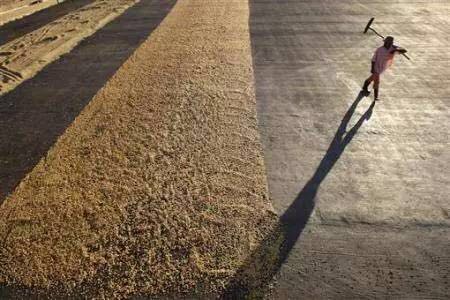
The characteristics of Guatemalan coffee:
Compared with other kinds of coffee, tasters prefer this mixed flavor coffee, which grows at high altitude and has a spicy flavor. The extra hard coffee beans here are a rare good coffee with full grains, delicious taste and balanced acidity.
Flavor: full-bodied, rich and attractive taste
Suggested baking method: medium, can also be deep baking
★★★: excellent
The Guatemalan coffee market:
The export of Guatemalan coffee is controlled by private companies, but the National Coffee Council (AsociacionNacionaldeCafe) controls other sectors of the coffee industry. At present, some of the best quality coffee from Guatemala is exported to Japan.
Most small-scale producers are descendants of the Mayan, who like to be called locals. Currently, they are also benefiting from a U.S.-funded project, known locally as "TheProject", which encourages the opening of small, high-quality coffee plantations.
Ekataru Valley
Rising to 2000 meters (6500 feet), with dense shade and unique ecology, the nearby Fuego volcano erupts, making its coarse, sandy soil rich in a variety of minerals. Temperate sea breezes from the Pacific and a seasonal climate allow coffee in this region to be dried by sunlight and processed according to traditional family methods that have been accumulated over the years.
[characteristics] the acidity is obvious, the dry and wet fragrance is remarkable and pleasant, the alcohol thickness is good, and the aftertaste is clear and long.
Koban of Rainforest
It is cloudy and rainy all the year round and the climate is cool. The vast majority of Koban coffee in the rainforest is grown in the obviously undulating and foggy mountains of the region and is deeply influenced by limestone and clay in the Atlantic basin. Koban has two seasons: the rainy season and the rainy season.
[characteristics] obvious fresh fruit flavor, balanced mellow thickness, pleasant aroma.
Antigua
Rich volcanic soil, low humidity, plenty of sunshine and cool nights are the characteristics of this producing area. The valley is surrounded by three volcanoes: Agua, Fuego and Acatenango. Volcanic ash from the eruption makes the soil of Antigua rich in minerals. Volcanic pumice can maintain humidity and overcome the lack of rainfall in Antigua; dense tree shade protects against occasional frosts.
[features] it is rich in damp fragrance, good balance, high sweetness and elegant taste.
Tiny Nanguo Highland
Of the three major non-volcanic coffee-producing regions in Guatemala, the Weitango Highlands has the driest climate and the highest elevation. The dry and hot wind from Mexico's Tehuantepec plateau protects the coffee from frost and can be grown to 2000 meters (6500 feet). Because of its remote location, all coffee farmers have to process their own coffee. Fortunately, there are so many streams in the area that small processing plants can be set up almost anywhere.
[features] the palate is balanced and pleasant, with high mellow thickness and a wine aftertaste.
Farahan Plateau
The area is of volcanic soil, with high altitude, sufficient rainfall and great humidity variation. Ash from Pacaya, Guatemala's most active volcano, provides important minerals for the soil in the region. There is plenty of sunshine in the dry season, and although the clouds and dew are heavy in the morning, they dissipate quickly. As a result, 100% of the coffee in the area is processed in the full sun.
[characteristics] the acidity is bright and consistent, the aroma is sufficient, and the thickness of alcohol is delicate.
New Oriental
The New Oriental District is the newest of the major coffee producing areas in Guatemala. In ancient times, it was a volcanic area, where the soil was made up of metamorphic rocks, so it was rich in minerals. The New Oriental District used to be the poorest area in Guatemala before it began to grow coffee. Since the 1950s, farmers in the mountains have started growing coffee on the natural, nutritious land here. Gradually, it has become a rising star in the Guatemalan coffee industry.
[features] the palate is well-balanced, mellow and full-bodied, with chocolate flavor.
Traditional Atitlan
Atitlan is one of the five largest volcanic coffee producing areas in Guatemala, and its soil organic matter is the most abundant among the five volcanic coffee producing areas. 90% of the traditional Atilan coffee is grown on the violent volcanic slopes of Lake Attila, where the daily breeze stirs the lake, which is an important factor affecting the microclimate of the region. The area has accumulated excellent planting and processing techniques for a long time.
Lake Attilan is a large lake with a depth of about 1000 feet and an area of 140 square miles, which was formed more than 80000 years ago. Lake Attilan, which was shrouded in fog at dawn, began to show a beautiful blue posture with the rise of the sun. The temperature difference between day and night and the afternoon gale known as Xocomil are the unique microclimate around Lake Attilan.
[characteristics] the aroma is refreshing, the acidity is bright and the mellow thickness is full.
San Marco, vol.
San Marco has the hottest climate of the eight largest coffee producing regions in Guatemala, with a maximum rainfall of 200inches (5000 mm). The rainy season is earlier than in other areas, and coffee trees bloom earlier. Like other remote areas of Guatemala, volcanic San Marco coffee is grown and processed by small farmers. Due to frequent rainfall in the rainy season, most coffees are pre-dried in the sun and then dried in a Guardiola dryer.
[characteristics] there are subtle floral aromas in the aroma and taste, obvious acidity and good mellow thickness.
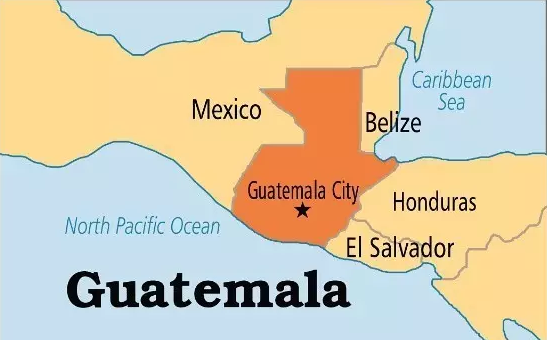
Important Notice :
前街咖啡 FrontStreet Coffee has moved to new addredd:
FrontStreet Coffee Address: 315,Donghua East Road,GuangZhou
Tel:020 38364473
- Prev

Story of Coffee Variety Taste and Flavor grading system in eight Coffee producing areas of Central and South America
A Wechat post learned about Guatemalan coffee beans Guatemala is a big coffee producer in Central America, ranking eighth in the world in terms of coffee production. Guatemala, whose name comes from the Mayan language, means thelandofmanytrees, the country of the forest. Located in Central America, it is known as the pearl in the crown of China and the United States. Guatemala horse
- Next
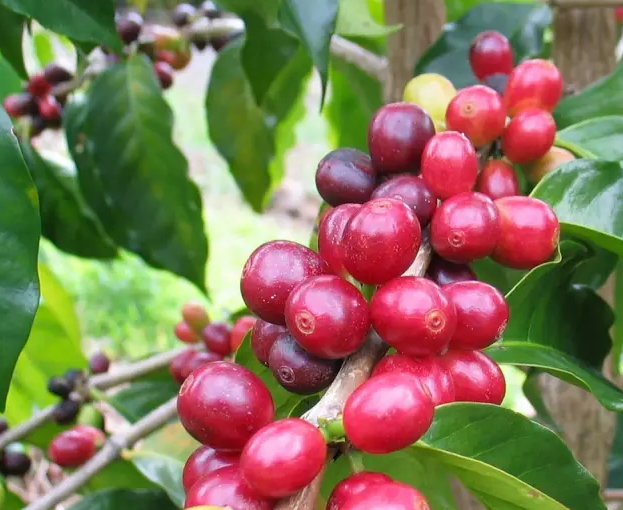
Tasting and Evaluation of Guatemala Fine Coffee Bean
Guatemala is one of the most important coffee-producing countries in Central America. The mountains in Guatemala extend for a long time, and the regional climate varies from one place to another. Therefore, eight coffee-producing areas in Guatemala are created. They are all located on the highland terrain with subtropical climate. The rainfall is abundant and stable. The fertile volcanic ash soil is the perfect environment for coffee trees to grow. [Plan del Guayabo] Located in Volcn de Suchitn Volcano
Related
- Detailed explanation of Jadeite planting Land in Panamanian Jadeite Manor introduction to the grading system of Jadeite competitive bidding, Red bid, Green bid and Rose Summer
- Story of Coffee planting in Brenka region of Costa Rica Stonehenge Manor anaerobic heavy honey treatment of flavor mouth
- What's on the barrel of Blue Mountain Coffee beans?
- Can American coffee also pull flowers? How to use hot American style to pull out a good-looking pattern?
- Can you make a cold extract with coffee beans? What is the right proportion for cold-extracted coffee formula?
- Indonesian PWN Gold Mandrine Coffee Origin Features Flavor How to Chong? Mandolin coffee is American.
- A brief introduction to the flavor characteristics of Brazilian yellow bourbon coffee beans
- What is the effect of different water quality on the flavor of cold-extracted coffee? What kind of water is best for brewing coffee?
- Why do you think of Rose Summer whenever you mention Panamanian coffee?
- Introduction to the characteristics of authentic blue mountain coffee bean producing areas? What is the CIB Coffee Authority in Jamaica?

